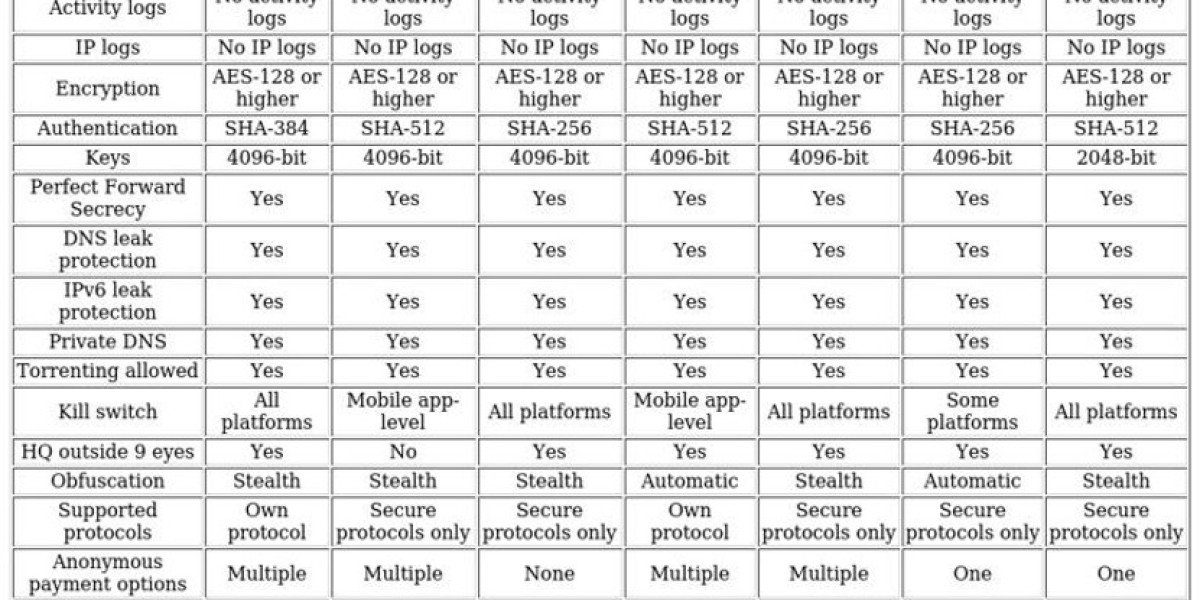The automotive fleet leasing market, a cornerstone of corporate mobility, provides a fascinating case study in financial and operational strategy. A deep Automotive Fleet Leasing Market Analysis in late 2025 reveals an industry with strong, resilient fundamentals, driven by the clear economic logic of shifting from ownership (CapEx) to "usership" (OpEx). However, the market is also navigating a period of profound technological disruption, particularly from electrification, which presents both the single greatest opportunity and the most significant risk. This analysis explores the market's Strengths, Weaknesses, Opportunities, and Threats (SWOT) and its key competitive dynamics.
SWOT Analysis
Strengths:
Clear Financial Value Proposition: The core strength is the CapEx to OpEx conversion, which frees up a client's capital for their core business activities. This is universally appealing.
Total Cost of Ownership (TCO) Management: Leasing companies are specialists in managing a vehicle's TCO. They leverage their scale for deep discounts on vehicle procurement and maintenance, which they pass on to the client.
Risk Mitigation for Clients: The leasing company absorbs the primary financial risks: residual value risk (what the car is worth at the end of the lease), maintenance risk (unexpected repair costs), and, increasingly, technology risk (e.g., EV battery degradation).
Hassle-Free Operation: Outsourcing the complex administrative burden of procurement, registration, insurance, maintenance, and disposal is a powerful value-add.
Resilient, Contractual Revenue: Long-term lease contracts (3-5 years) provide stable, predictable, and recurring revenue for the leasing companies.
Weaknesses:
High Capital Requirement: Leasing companies must have access to massive amounts of low-cost capital to fund the purchase of their large fleets.
Dependency on Residual Value Forecasting: The entire business model hinges on accurately predicting a vehicle's resale value 3-5 years in the future. A miscalculation (e.g., underestimating the resale value collapse of diesel vehicles) can lead to massive losses.
Economic Sensitivity: While somewhat resilient, the market is not immune to economic downturns. Corporate bankruptcies can lead to lease defaults, and recessions can cause companies to cut back on their fleet size or extend existing leases rather than signing new ones.
Opportunities:
Electric Vehicle (EV) Transition: This is the single greatest opportunity. Businesses are hesitant to buy EVs due to high cost and technology risk, making leasing the perfect, low-risk adoption path. Leasing companies can become the expert guides for corporate electrification.
Growth in Emerging Markets (India, China): The penetration of leasing in developing markets is still low compared to Europe/North America. This provides a massive runway for growth as SMEs and corporations adopt the model.
SME (Small & Medium Enterprise) Segment: A largely untapped market that is now a primary growth target for leasing companies in India and elsewhere.
Data & Telematics Services (MaaS): Moving beyond just leasing to selling high-margin, data-driven "fleet management solutions," "mobility budgets," and "Mobility-as-a-Service" (MaaS) platforms.
Flexible Subscriptions: Offering short-term, all-inclusive subscription models to capture new, more flexible-minded customers.
Threats:
EV Residual Value Uncertainty: This is also the biggest threat. A faster-than-expected collapse in the resale value of leased petrol/diesel vehicles, or misjudging the long-term resale value of EVs, could be financially devastating.
Intense Competition & Consolidation: The market is dominated by a few giants, leading to intense price competition. The recent mega-merger of ALD and LeasePlan (creating Ayvens) highlights the trend towards consolidation, making it harder for smaller players to compete.
Rising Interest Rates: High interest rates increase the cost of capital for leasing companies, forcing them to raise their lease prices, which can make leasing less attractive compared to buying.
Remote Work & Shifting Mobility: The long-term trend of remote work and the rise of shared mobility (ride-hailing) could reduce the overall need for traditional one-employee-one-car corporate fleets.
Competitive Landscape Analysis The industry is a concentrated oligopoly. Leadership is held by a few global giants (Ayvens, Element, Arval, Wheels).
Basis of Competition:
Cost of Capital & Purchasing Power: The ability to borrow cheaply and buy cars at the lowest price.
Service & Technology: The quality of the maintenance network and the sophistication of the fleet management software platform.
Risk Management: The expertise in forecasting residual values.
The Indian Context: In India, this global competition is mirrored, with Ayvens India and Orix India (global players) competing with the strong domestic challenge from Quiklyz (Mahindra Finance), which can leverage its local ecosystem, strong brand, and deep understanding of the Indian market.
Conclusion The Automotive Fleet Leasing Market Analysis shows a robust industry with a strong, simple value proposition. Its future success hinges on its ability to navigate the massive risks and opportunities presented by the EV transition. The winners will be those who can most accurately price this new technological risk and transform themselves from asset providers into sophisticated, data-driven mobility solution partners.
Frequently Asked Questions (FAQ)
Q1: What is the biggest opportunity for the fleet leasing market? A1: The electric vehicle (EV) transition is the biggest opportunity. Businesses want to electrify their fleets to meet sustainability goals but are afraid of the high upfront cost and uncertain resale value of EVs. Leasing provides the perfect, low-risk solution, allowing the leasing company to manage the cost and technology risk for the client.
Q2: What is the biggest threat or risk for leasing companies? A2: The biggest threat is residual value risk. The entire business model depends on correctly predicting what a car will be worth at the end of its 3-5 year lease. If they overestimate the resale value of their petrol/diesel cars or misjudge the long-term value of their new EV fleets, they can face enormous financial losses.
Q3: Is the fleet leasing market competitive? A3: Yes, the market is highly consolidated and competitive. It is dominated by a few very large global players (an oligopoly), such as Ayvens, Element, and Arval. These giants compete fiercely on price, technology, and service, making it difficult for new, small companies to enter.
Q4: Why are small businesses (SMEs) a growth segment in India? A4: SMEs are a major growth opportunity because leasing penetration in this segment has traditionally been low. These businesses benefit immensely from the CapEx-to-OpEx model, as it frees up their limited capital to be invested in their core operations rather than being tied up in depreciating vehicles.
More Related Report
Automotive Constant Velocity Joint Market Size




![Arpeggio-Rätsel in ZZZ – Tipps & Event-Guide [2024]](https://miayotlan.com/upload/photos/2025/07/t99xeRfkrCOyePD7FhjI_09_e6ed70c32eb857886e366f27b5db504e_image.png)